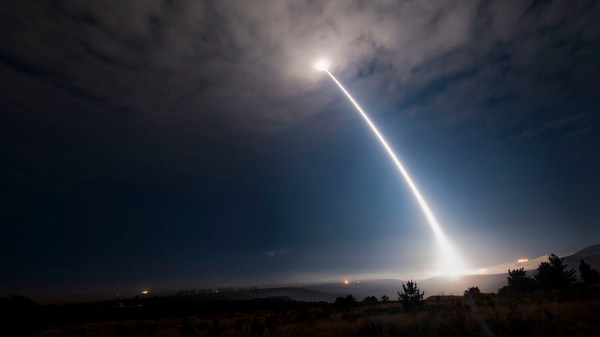Hawaiians started their weekend with quite a fright, waking up Saturday morning to a ballistic missile alert that turned out to be a false alarm. In between the public anger, profuse apologies from officials, and geopolitical commentary, it might be hard to find some information for the more technical-minded. For this audience, The Atlantic has compiled a brief history of infrastructure behind emergency alerts.
As a system intended to announce life-critical information when seconds count, all information on the system is prepared ahead of time for immediate delivery. As a large hodgepodge linking together multiple government IT systems, there’s no surprise it is unwieldy to use. These two aspects collided Saturday morning: there was no prepared “Sorry, false alarm” retraction message so one had to be built from scratch using specialized equipment, uploaded across systems, and broadcast 38 minutes after the initial false alarm. In the context of government bureaucracy, that was really fast and must have required hacking through red tape behind the scenes.
However, a single person’s mistake causing such chaos and requiring that much time to correct is unacceptable. This episode has already prompted a lot of questions whose answers will hopefully improve the alert system for everyone’s benefit. At the very least, a retraction is now part of the list of prepared messages. But we’ve also attracted attention of malicious hackers to this system with obvious problems in design, in implementation, and also has access to emergency broadcast channels. The system needs to be fixed before any more chaotic false alarms – either accidental or malicious – erode its credibility.
We’ve covered both the cold-war era CONELRAD and the more recent Emergency Broadcast System. We’ve also seen Dallas’ tornado siren warning system hacked. They weren’t the first, they won’t be the last.
(Image: Test launch of an unarmed Minuteman III ICBM via US Air Force.)












